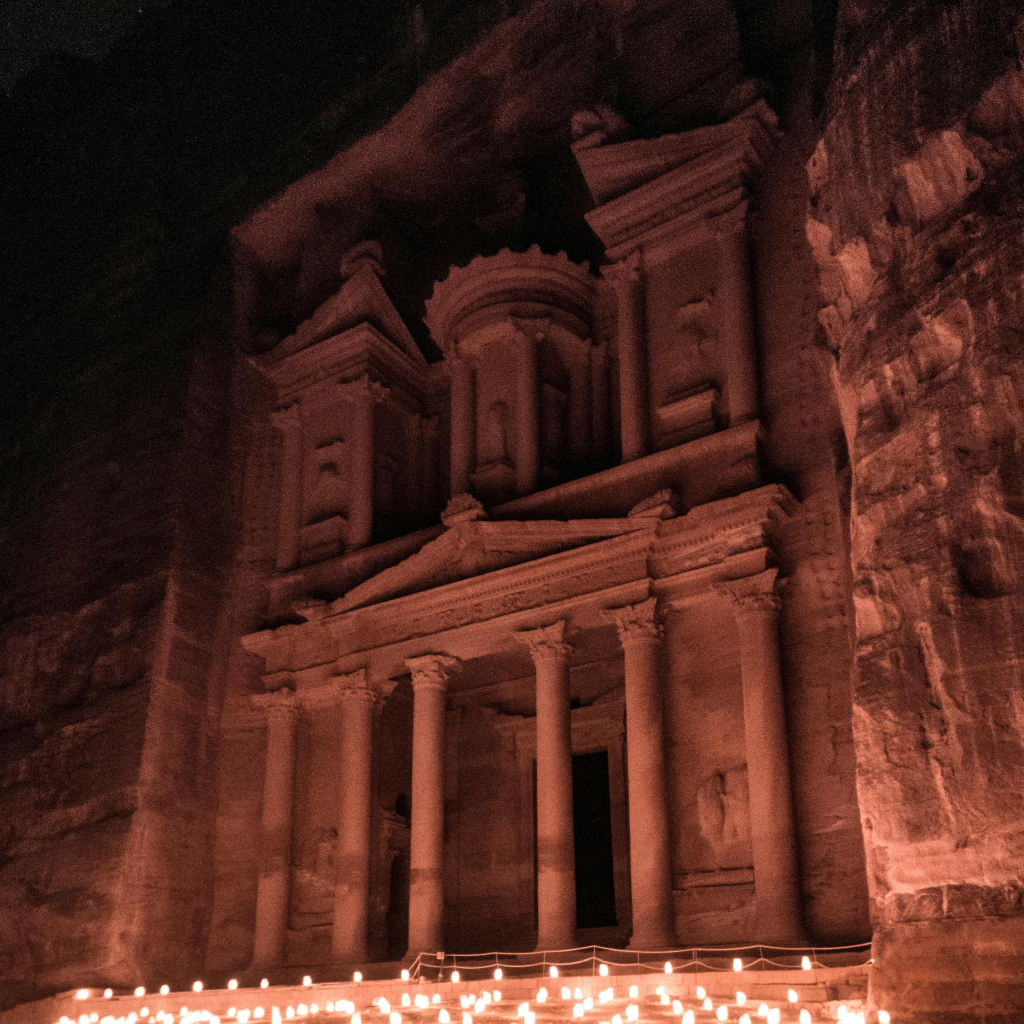Perched atop the Corcovado Mountain, gazing serenely over the city of Rio de Janeiro, stands one of the most iconic landmarks in the world: Christ the Redeemer. This colossal statue, symbolizing peace and welcoming arms, is more than just a remarkable piece of architecture. It is a cultural and religious beacon that attracts millions of visitors from around the globe each year. In this article, we will delve into the history, significance, and intricate details of this awe-inspiring monument, offering a comprehensive guide to understanding and appreciating Christ the Redeemer.
Historical Background
The Genesis of an Idea
The idea of constructing a monumental statue of Jesus Christ in Rio de Janeiro dates back to the mid-19th century. However, it wasn’t until the early 1920s that the concept gained momentum. In 1921, the Catholic Circle of Rio proposed the creation of a landmark to honor the centenary of Brazil’s independence from Portugal, which was to be celebrated in 1922. After much deliberation, the proposal for Christ the Redeemer was accepted, symbolizing peace and a powerful Christian icon.
Design and Construction
The design of Christ the Redeemer was a collaborative effort. Brazilian engineer Heitor da Silva Costa spearheaded the project, while the French sculptor Paul Landowski created the statue’s head and hands. The renowned Brazilian artist Carlos Oswald also contributed to the design. Construction began in 1926 and took five years to complete, with the statue being officially inaugurated on October 12, 1931.
Architectural Details
Materials and Dimensions
Christ the Redeemer stands at an impressive 98 feet (30 meters) tall, with an additional 26-foot (8 meters) pedestal, bringing the total height to 124 feet (38 meters). The statue’s outstretched arms span 92 feet (28 meters). It is constructed primarily of reinforced concrete and soapstone, chosen for its durability and resistance to weathering. The soapstone exterior gives the statue its smooth, light grey appearance, which glows softly under the Brazilian sun.
Engineering Marvel
One of the most fascinating aspects of Christ the Redeemer is the engineering feat behind its construction. The statue’s position on Corcovado Mountain posed significant challenges, requiring innovative solutions to transport materials and ensure stability. A specially constructed railway transported pieces of the statue up the mountain, where they were assembled on-site. The internal structure is reinforced with a robust framework of concrete and steel, allowing the statue to withstand the harsh climatic conditions and seismic activity.
Cultural and Religious Significance
A Symbol of Peace and Christianity
Christ the Redeemer is not only an architectural marvel but also a profound symbol of Christianity. The statue’s open arms represent peace and a gesture of welcoming all, regardless of race, religion, or creed. It stands as a testament to the enduring faith and devotion of the Brazilian people and serves as a spiritual sanctuary for millions of visitors seeking solace and inspiration.
A National Icon
Beyond its religious connotations, Christ the Redeemer has become a national icon, embodying the spirit and culture of Brazil. It is a source of immense pride for Brazilians and is frequently featured in cultural references, from literature and music to films and sports. The statue’s silhouette against the backdrop of Rio de Janeiro’s stunning landscape is an indelible image associated with the country’s identity.
Visiting Christ the Redeemer
Getting There
Visiting Christ the Redeemer is a must for anyone traveling to Rio de Janeiro. The statue is accessible via a variety of routes:
- Corcovado Train: The most popular and scenic way to reach the statue is by taking the Corcovado Train. This cog train journey offers breathtaking views as it winds its way through the lush Tijuca Forest National Park.
- Hiking: For the adventurous, there are several hiking trails that lead up to the statue, providing an immersive experience through the forest.
- By Car or Van: There are also roads that lead up to the summit, with official vans providing transport from various points in the city.
Best Times to Visit
To fully appreciate the grandeur of Christ the Redeemer, consider visiting during the early morning or late afternoon. These times offer softer lighting for photography and a more serene atmosphere. Additionally, weekdays are less crowded compared to weekends and holidays.
Tips for an Enjoyable Visit
- Weather Considerations: Check the weather forecast before your visit, as clear skies will enhance the experience and visibility.
- Crowds: Be prepared for crowds, especially during peak tourist seasons. Arriving early can help you avoid long lines.
- Amenities: The site has amenities such as restrooms, souvenir shops, and cafes. It’s advisable to carry water and wear comfortable shoes.
The Legacy of Christ the Redeemer
UNESCO World Heritage Site
In 2007, Christ the Redeemer was named one of the New Seven Wonders of the World, a testament to its global cultural significance. It is also part of the UNESCO World Heritage Site that includes Rio de Janeiro’s historic landscapes, recognized for their exceptional beauty and cultural importance.
Inspiring Art and Media
The statue has inspired countless works of art, literature, and media. It has been featured in movies, documentaries, and music videos, further cementing its status as a symbol of universal peace and spirituality.
Conservation Efforts
Given its exposure to the elements, Christ the Redeemer undergoes regular maintenance and conservation efforts to preserve its majesty. Restoration projects ensure that future generations can continue to marvel at this iconic monument.
Conclusion
Christ the Redeemer is more than just a statue; it is a symbol of faith, peace, and the enduring spirit of Brazil. Its towering presence over Rio de Janeiro serves as a reminder of the city’s rich cultural heritage and the profound impact of art and architecture on human history. Whether you are drawn by its religious significance, its architectural brilliance, or its breathtaking views, a visit to Christ the Redeemer is a transformative experience that will leave an indelible mark on your soul. Share this article to spread the awe and inspiration of one of the world’s most magnificent landmarks.
Share the Experience
If you found this article enlightening, please share it with your friends and family. Encourage them to explore the wonders of Christ the Redeemer and discover the rich tapestry of history, culture, and spirituality that it represents. Together, let’s celebrate this monumental marvel and its timeless message of peace and unity.






